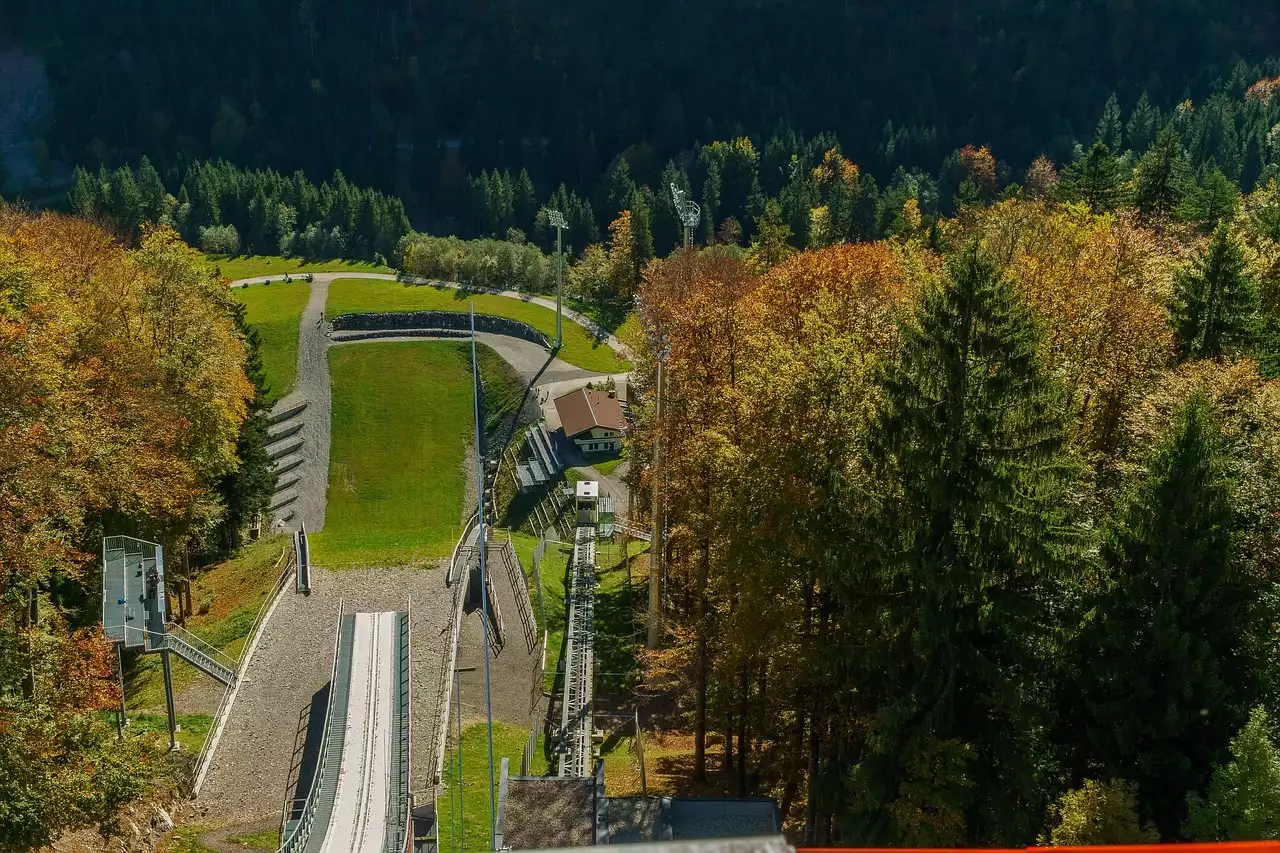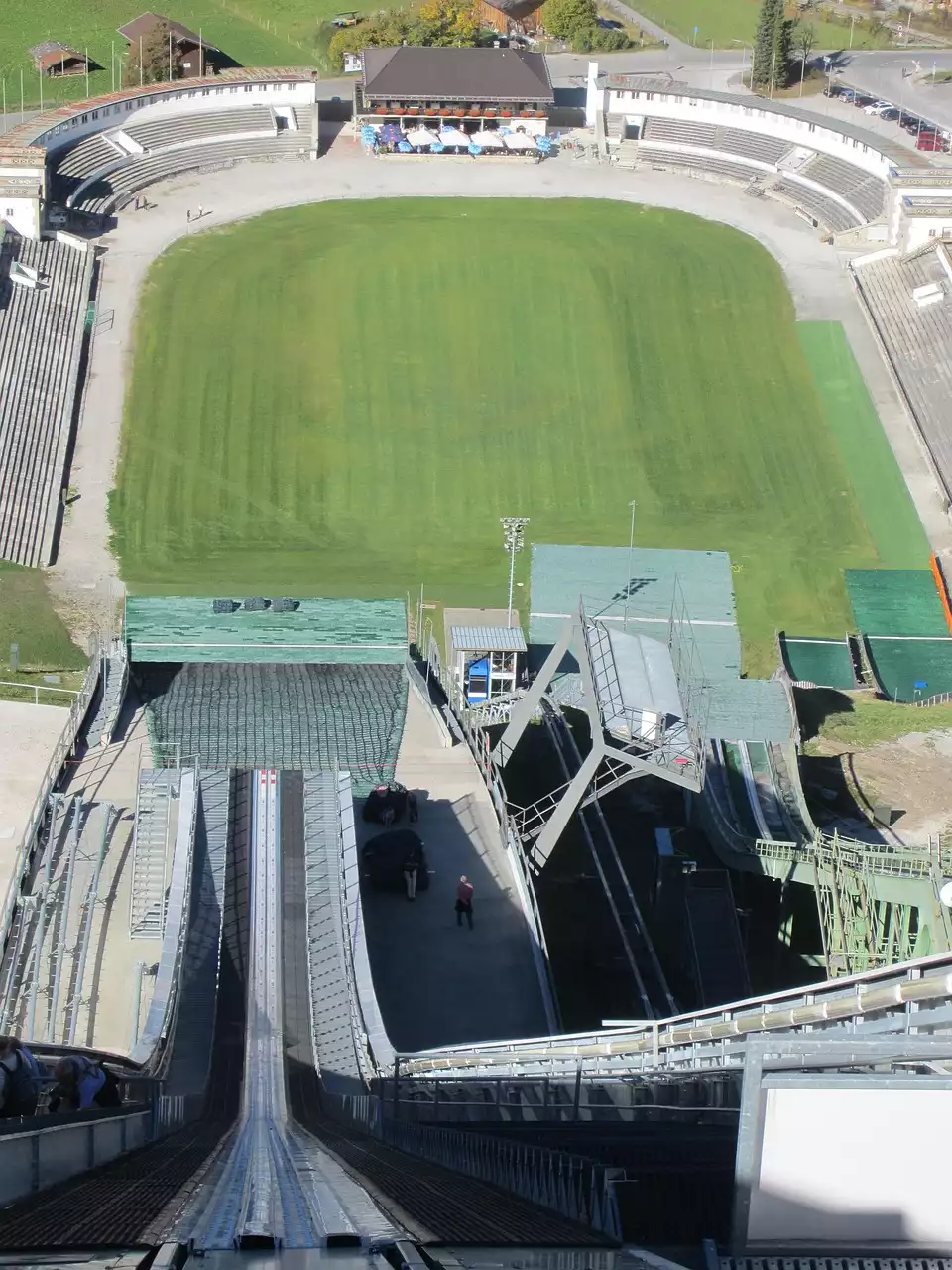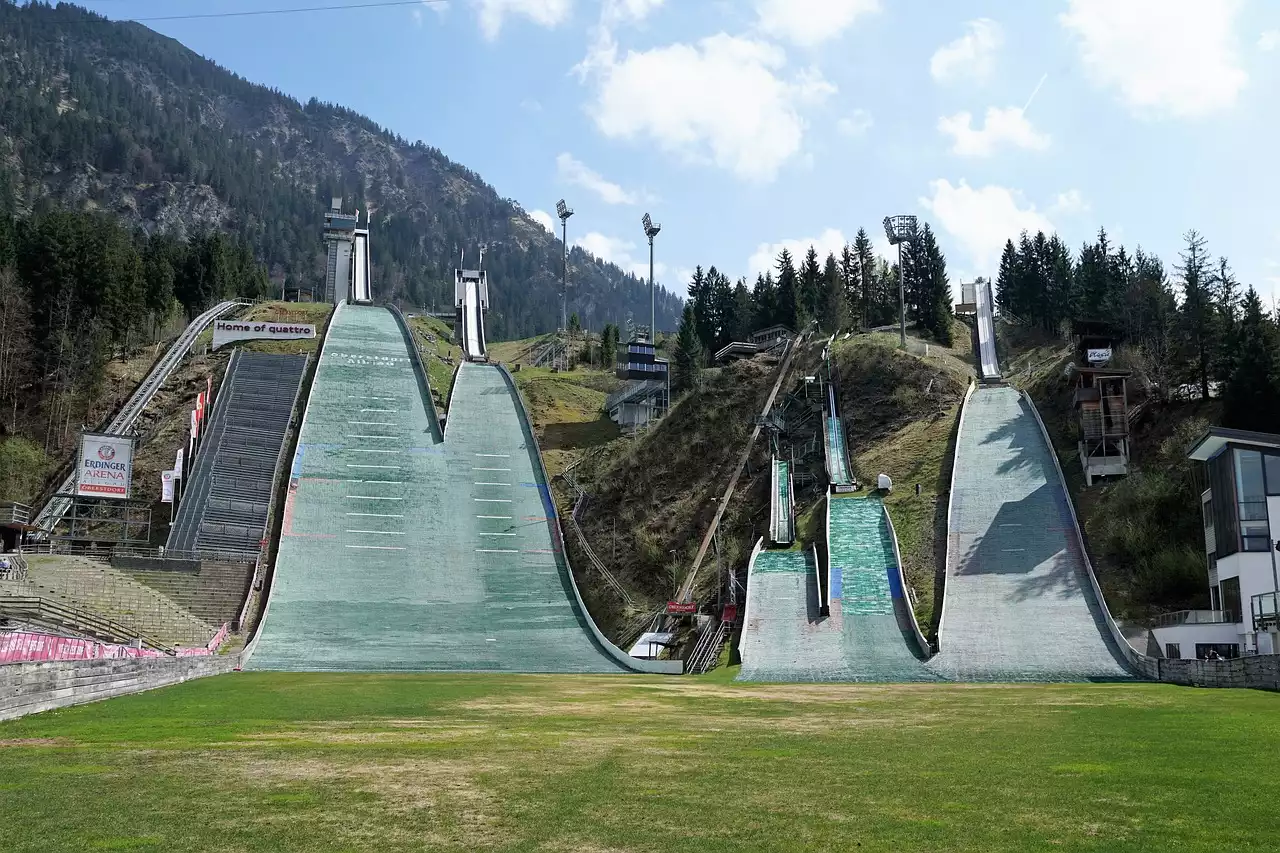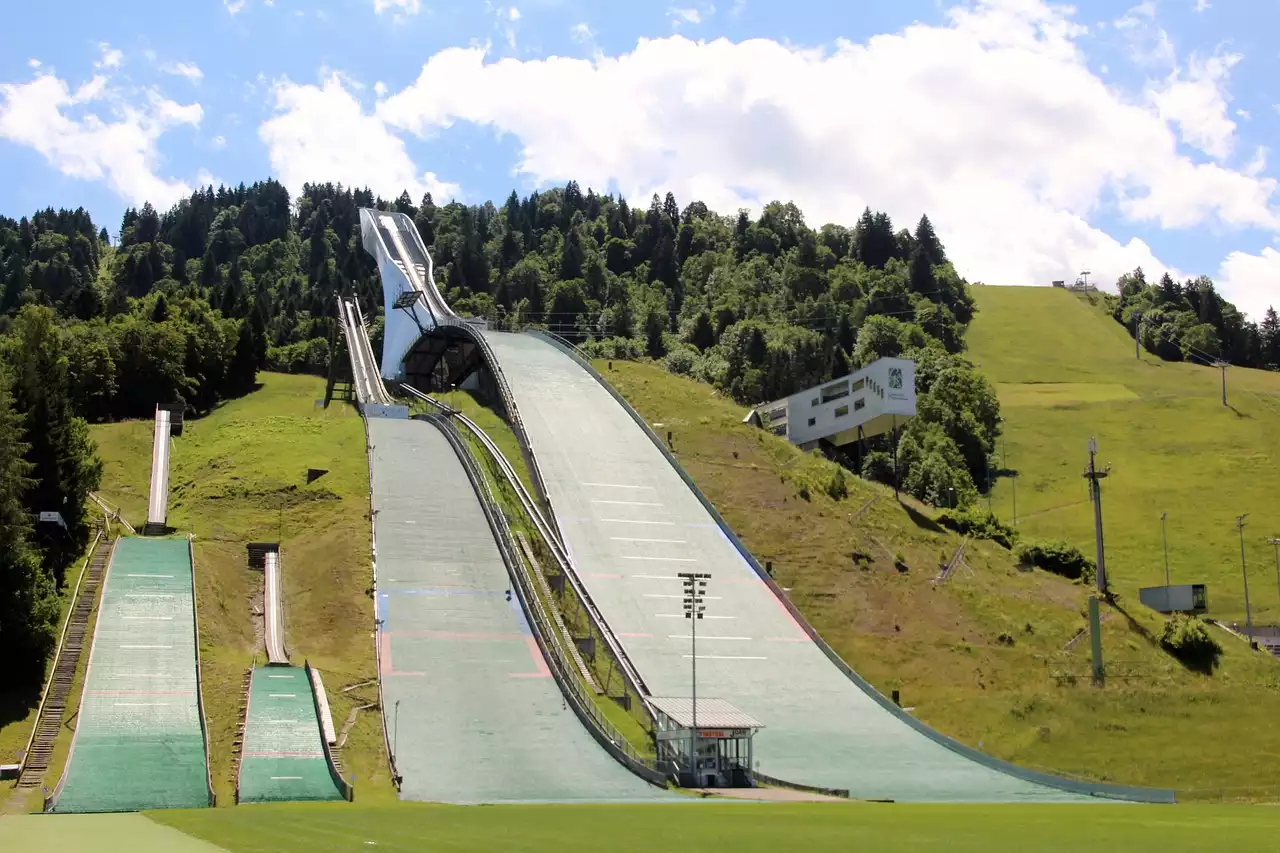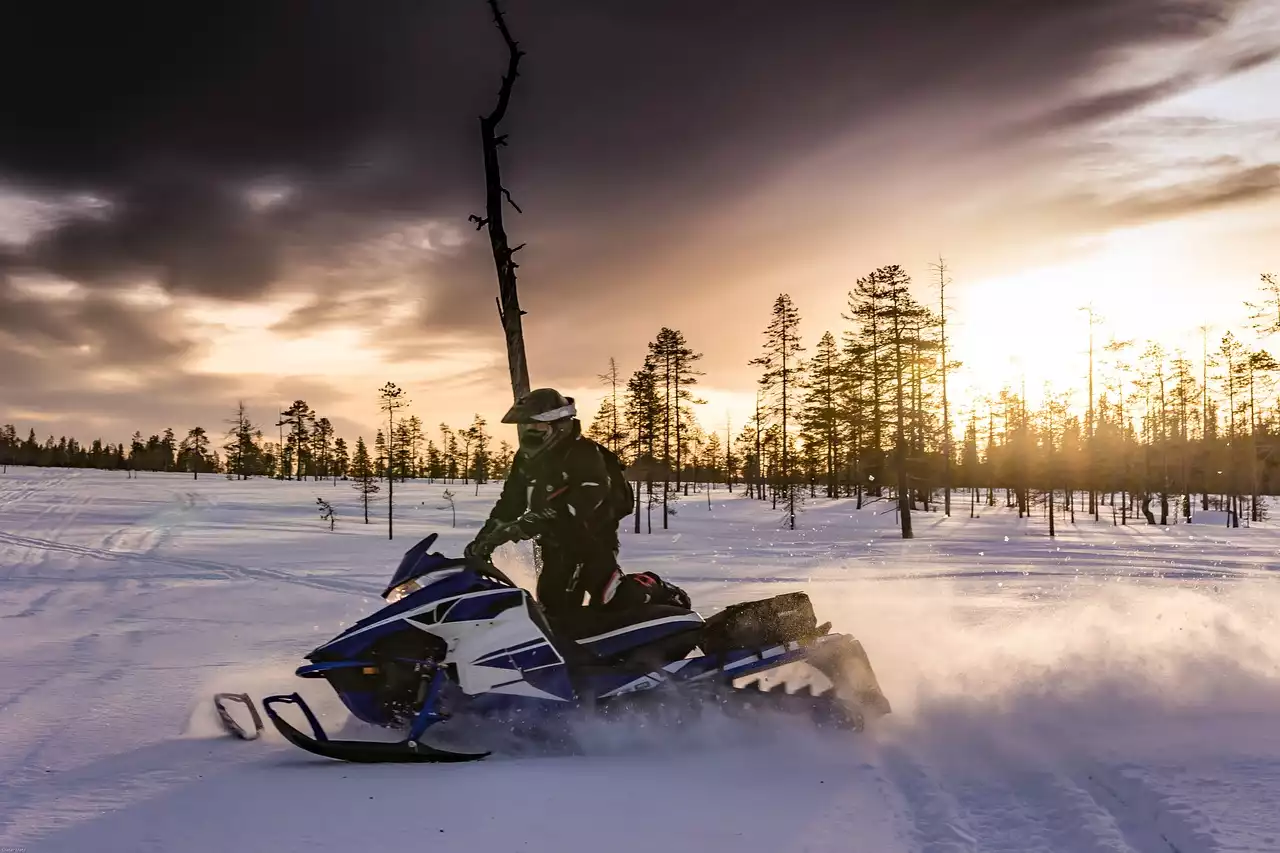The Importance of Safety in Ski Jumping
Ski jumping is an extreme sport that requires skill, courage, and precision. While it may appear effortless when watching professionals glide through the air with grace, it's important to remember that safety should always be the top priority. Ski jumping involves launching oneself off a ramp and soaring through the air at high speeds, making it essential to take precautions to prevent accidents and injuries.
One of the key reasons why safety is crucial in ski jumping is the significant heights involved. Jumpers can reach speeds of up to 60 miles per hour and fly distances over 200 meters, making it essential to have proper training and equipment to ensure a safe landing. Additionally, the landing hill is designed to absorb the impact, but without proper technique and form, injuries can still occur.
To ensure safety in ski jumping, it's imperative to understand the equipment, techniques, and safety guidelines that are in place. By following these guidelines and taking the necessary precautions, ski jumpers can enjoy the sport while minimizing the risk of injuries. Let's dive deeper into the essential aspects of safety in ski jumping.
Understanding the Equipment for Ski Jumping
When it comes to ski jumping, having the right equipment is crucial for both performance and safety. The primary equipment for ski jumping includes skis, boots, bindings, helmets, and ski suits. Let's take a closer look at each of these components.
Skis: Ski jumping skis are longer and wider than traditional downhill skis, allowing jumpers to maintain stability and control during takeoff and flight. The length of the skis is determined by a jumper's height and weight, and they are specially designed to provide optimal lift and glide.
Boots: Ski jumping boots are stiff and provide excellent ankle support to ensure proper control and stability during takeoff and landing. They are designed to fit snugly, allowing for maximum power transfer from the jumper to the skis.
Bindings: Ski jumping bindings are specifically designed to release the skis in case of a fall or crash. This feature helps prevent knee and leg injuries by allowing the skis to detach from the boots when excessive force is applied.
Helmets: A high-quality helmet is essential to protect the head from potential impacts during ski jumping. It should fit snugly and meet safety standards to provide adequate protection.
Ski Suits: Ski jumping suits are aerodynamic and designed to minimize air resistance. They are made from lightweight materials that allow for freedom of movement while providing some insulation against the cold temperatures.
When selecting equipment for ski jumping, it's crucial to consult with professionals or experienced jumpers who can guide you in finding the right gear for your skill level and body type. Properly fitting equipment not only enhances performance but also plays a significant role in ensuring safety on the slopes.
Proper Technique and Form in Ski Jumping
Mastering the correct techniques and form is essential for safe and successful ski jumping. While it may seem daunting at first, with practice and guidance, you can develop the necessary skills to become a proficient jumper. Here are some key techniques to focus on:
Takeoff:
The takeoff is a critical phase of ski jumping and requires a combination of speed, balance, and timing. As you approach the takeoff ramp, maintain a low, crouched position, and explosively extend your legs and arms to generate upward momentum.
In-Flight Position:
Once airborne, it's important to maintain a stable and aerodynamic position. Keep your body compact and streamlined, with your arms positioned in front of you and your legs extended with slightly bent knees. This posture helps maximize lift and reduce air resistance.
Landing:
As you prepare for landing, shift your focus to maintaining balance and stability. Keep your eyes forward, and as you touch down, absorb the impact with your legs and maintain a slight forward lean to maintain control. It's essential to maintain a relaxed and flexible body position to minimize the risk of injuries.
Practice and repetition are key to improving technique and form in ski jumping. Working with experienced coaches or trainers can provide valuable feedback and guidance to help refine your skills and enhance safety.
Essential Safety Tips for Beginners in Ski Jumping
If you're new to ski jumping, it's important to start with the basics and gradually progress to more advanced jumps. Here are some essential safety tips to keep in mind as a beginner:
1. Seek Professional Guidance: Enlist the help of experienced ski jumping coaches or trainers who can guide you through the learning process. They can teach you proper technique, provide valuable feedback, and ensure that you progress at a pace that is suitable for your skill level.
2. Start with Small Jumps: Begin with smaller jumps and gradually increase the distance and height as you gain confidence and skill. Jumping on smaller hills allows you to practice takeoff and landing techniques while minimizing the risk of injury.
3. Focus on Landing Techniques: Pay close attention to your landing techniques, as this is where injuries are most likely to occur. Practice absorbing the impact with your legs and maintaining a stable body position upon touchdown.
4. Warm-Up and Stretch: Before each ski jumping session, warm up your muscles with light exercises and stretching. This helps prevent muscle strains and prepares your body for the physical demands of the sport.
5. Use Protective Gear: Always wear the appropriate protective gear, including a helmet, to minimize the risk of head injuries. Additionally, consider wearing shin guards and other protective padding to protect against impact.
By following these safety tips, beginners can lay a solid foundation for their ski jumping journey and ensure a safe and enjoyable experience.
Advanced Safety Tips for Experienced Ski Jumpers
As you progress in ski jumping and tackle more advanced jumps, it's important to continue prioritizing safety. Experienced jumpers should consider the following safety tips:
1. Regular Conditioning and Strength Training: Engage in regular conditioning and strength training exercises to maintain overall fitness and strengthen the muscles used in ski jumping. This helps improve stability, control, and reduces the risk of muscle imbalances and injuries.
2. Develop Mental Resilience: Ski jumping requires mental fortitude and the ability to stay focused under pressure. Practice techniques such as visualization and positive self-talk to enhance your mental resilience and maintain a calm and composed mindset during jumps.
3. Evaluate Conditions Before Each Jump: Assess the weather conditions, wind speed, and other factors before each jump. It's important to be aware of any changes that could affect jump performance and safety. If conditions are unfavorable, consider postponing your jump.
4. Learn from Experienced Jumpers: Engage with experienced jumpers and learn from their expertise. They can provide valuable insight into advanced techniques, safety measures, and share their experiences to help you further enhance your skills.
5. Listen to Your Body: Pay attention to any signs of fatigue, pain, or discomfort during training sessions or jumps. Pushing through physical limitations can increase the risk of injuries. Take breaks when needed and prioritize rest and recovery.
By incorporating these advanced safety tips into your ski jumping routine, you can continue to progress while minimizing the risk of accidents and injuries.
Common Injuries in Ski Jumping and How to Prevent Them
While ski jumping can be an exhilarating sport, it also carries the risk of injuries. Understanding common injuries and taking proactive measures to prevent them is crucial for maintaining safety. Here are some common injuries in ski jumping and how to prevent them:
1. Sprains and Strains: Sprained ankles and strained muscles are common injuries in ski jumping. To prevent these injuries, warm up before each jump, maintain proper technique and form, and listen to your body. If you feel pain or discomfort, take a break and seek appropriate medical attention if needed.
2. Knee Injuries: Ski jumping puts significant strain on the knees, making them susceptible to injuries such as ACL tears or meniscus damage. To prevent knee injuries, focus on strengthening the muscles around the knees through targeted exercises, maintain proper landing techniques, and use skis with bindings that release in case of a fall.
3. Concussions: Head injuries can occur if you land awkwardly or collide with the ground or other objects. Wearing a helmet is essential to protect against concussions. Additionally, avoid attempting jumps that are beyond your skill level and always assess the landing area for any potential hazards.
4. Back Injuries: The impact of landing can put strain on the back, leading to injuries such as muscle strains or herniated discs. Strengthening the core muscles through exercises like planks and maintaining proper technique and form are crucial for preventing back injuries.
5. Overuse Injuries: Repeatedly performing jumps and high-impact landings can lead to overuse injuries such as stress fractures or tendonitis. To prevent these injuries, allow for adequate rest and recovery between training sessions, and gradually increase the intensity and frequency of jumps.
Preventing injuries in ski jumping requires a combination of proper technique, equipment, and physical conditioning. By following safety guidelines and listening to your body, you can minimize the risk of injuries and enjoy the sport to its fullest.
Safety Regulations and Guidelines for Ski Jumping Competitions
Ski jumping competitions are governed by strict safety regulations and guidelines to ensure the well-being of participants. These regulations cover various aspects, including equipment standards, hill design, and competition rules. Here's an overview of the safety regulations and guidelines for ski jumping competitions:
1. Hill Design: Ski jumping hills must adhere to specific design criteria, including the size and shape of the takeoff ramp, the landing hill gradient, and the positioning of safety nets. These design elements are critical for ensuring a safe and fair competition environment.
2. Equipment Standards: Competitors must use equipment that meets specific standards set by governing bodies. This includes skis, boots, bindings, helmets, and ski suits. Equipment is regularly inspected to ensure compliance with safety guidelines.
3. Training and Qualification: Competitors must undergo appropriate training and meet certain qualification criteria before participating in ski jumping competitions. This helps ensure that jumpers have the necessary skills and experience to safely navigate the jumps.
4. Medical Support: Ski jumping competitions are required to have medical personnel on-site to provide immediate assistance in case of injuries. Medical facilities and equipment must meet specified standards to ensure prompt and effective treatment.
5. Safety Inspections: Prior to each competition, safety inspections are conducted to assess the condition of the equipment, hill, and surrounding areas. These inspections help identify any potential hazards and ensure that all safety measures are in place.
6. Rules and Regulations: Ski jumping competitions have specific rules and regulations that govern the conduct of participants. These rules cover aspects such as timing, jump distances, style points, and penalties for rule violations.
By enforcing these safety regulations and guidelines, ski jumping competitions provide a controlled and safe environment for participants. This ensures fair competition and minimizes the risk of accidents and injuries.
